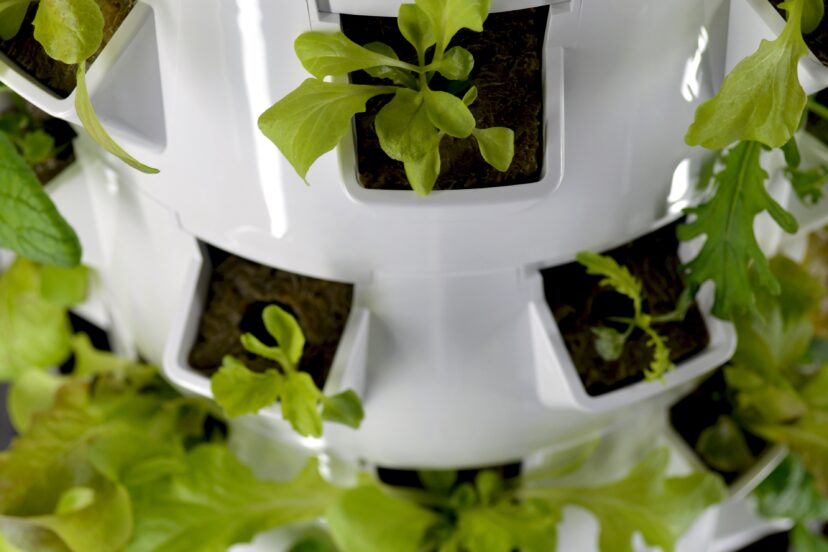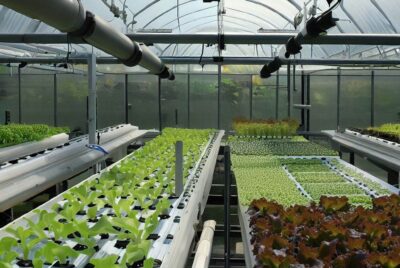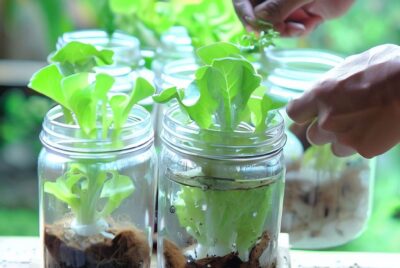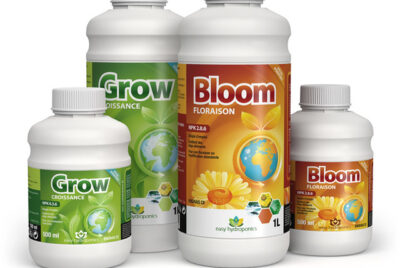Hydroponic vs Aeroponic: Which is Better?
*We may earn a commission for purchases made using our links. Please see our disclosure to learn more.
Hydroponic vs Aeroponic gardening – I often come across the question of which system is better: hydroponics or aeroponics. Both techniques offer unique advantages and can revolutionize the way we grow plants. In this article, I will provide a comprehensive analysis of hydroponics and aeroponics, highlighting their benefits, differences, and factors to consider when choosing the right system for your needs.
Introduction
Gardening has evolved beyond traditional soil-based methods, and hydroponics and aeroponics have emerged as exciting alternatives. These systems eliminate the need for soil, allowing plants to grow in nutrient-rich water solutions. Hydroponics and aeroponics offer numerous advantages, including faster growth, higher yields, and efficient resource utilization. Let’s explore each system in detail and discover which one suits your gardening goals in this article Hydroponic vs Aeroponic.
Understanding Hydroponics
Definition and Principles of Hydroponics
Hydroponics is a technique that involves cultivating plants in a controlled environment without soil. Instead, plants are placed in a growing medium or directly in water enriched with a carefully balanced nutrient solution. The roots draw essential nutrients directly from the water, ensuring efficient uptake and optimized plant growth.
Advantages and Benefits of Hydroponics
Hydroponics provides several benefits for gardeners. First and foremost, it eliminates the limitations of soil quality, allowing plants to thrive in environments where traditional gardening may not be possible. Hydroponics also promotes faster growth rates, as plants can focus their energy on development rather than searching for nutrients. Furthermore, water usage is significantly reduced compared to traditional gardening, making hydroponics an eco-friendly option.
Understanding Aeroponics
Definition and Principles of Aeroponics
Aeroponics takes soil-less gardening to another level by suspending plant roots in an air-rich environment. In this system, plants receive nutrient-rich misting at regular intervals, providing optimal moisture and nourishment. The roots are exposed to oxygen, promoting faster growth and enhanced nutrient absorption
Advantages and Benefits of Aeroponics
Aeroponics offers several unique advantages. The misting technique allows for precise nutrient delivery, ensuring plants receive the ideal amount of nourishment. This results in accelerated growth rates and larger yields. Additionally, the absence of a growing medium reduces the risk of pests and diseases, providing a cleaner and more controlled environment for plant cultivation.
Comparing Hydroponic vs Aeroponic
Key Similarities and Differences
Both hydroponics and aeroponics share the fundamental principle of growing plants without soil. They offer controlled environments that allow for year-round cultivation and efficient resource utilization. However, there are notable differences between the two systems.
In hydroponics, plants are typically grown in a solid medium or directly in water. Nutrients are continuously available, and the growing medium provides stability and support for the roots. On the other hand, aeroponics relies on a misting system to deliver nutrients directly to the roots, suspending them in the air. This method maximizes oxygenation and nutrient absorption but requires precise control of misting intervals.
Factors to Consider
When choosing between hydroponics and aeroponics, several factors should be considered:
- Plant Types: Certain plants, such as leafy greens and herbs, thrive in hydroponic systems, while others, like delicate orchids, may benefit more from aeroponics. Consider the specific requirements of your desired plants.
- Space and Resource Requirements: Evaluate the available space and resources. Hydroponic systems can be set up using various setups, from small-scale setups suitable for home gardens to large-scale commercial systems. Aeroponic systems often require more sophisticated equipment and precise control.
- Budget: Consider the initial investment required for each system, including infrastructure, lighting, and nutrient solutions. Hydroponic setups are generally more affordable for beginners, while aeroponic systems can be costlier.
- Experience and Expertise: Hydroponics is considered more beginner-friendly due to its simplicity and availability of resources. Aeroponics may require a deeper understanding of misting techniques and precise environmental control.
- Maintenance and Operation: Both systems require regular monitoring and maintenance. Hydroponics may require more frequent nutrient solution changes, while aeroponics necessitates careful management of misting intervals and nutrient delivery.
Making the Right Choice
Selecting the ideal system depends on your specific needs and goals. If you are a beginner or have limited space, hydroponics may be the better choice due to its simplicity and versatility. On the other hand, if you have experience in gardening and seek to maximize plant growth and nutrient absorption, aeroponics offers exciting possibilities.
Remember, it is essential to thoroughly research and understand the requirements of each system before making a decision. Experimentation and personal preferences also play a role in determining the best fit for your gardening endeavors.
Conclusion
In conclusion, both hydroponics and aeroponics are groundbreaking methods that redefine traditional gardening. Hydroponics offers a straightforward approach, suitable for beginners and a wide range of plant varieties. Aeroponics, with its misting system and enhanced nutrient absorption, presents advanced gardeners with new opportunities for high yields and accelerated growth.
Evaluate your goals, available resources, and level of expertise to determine which system aligns best with your needs. Regardless of your choice, soil-less gardening opens up endless possibilities for year-round cultivation, efficient resource utilization, and sustainable gardening practices.
FAQs – Hydroponic vs Aeroponic
- Can I combine hydroponics and aeroponics in one system?
- While it is technically possible to combine elements of both systems, it can be complex and may require advanced knowledge and customization. It’s advisable to gain experience with each system individually first.
- Which system is more suitable for commercial operations?
- Both hydroponics and aeroponics have been successfully implemented in commercial settings. The choice depends on factors such as crop type, available space, and budget.
- Can I grow all types of plants in hydroponics and aeroponics?
- Yes, both systems can accommodate a wide range of plant species. However, certain plants may have specific requirements or preferences, so research their suitability beforehand.
- How can I ensure nutrient balance in hydroponics and aeroponics?
- Regular monitoring of nutrient levels and pH is crucial in both systems. Use reputable nutrient solutions and follow recommended dosage guidelines. Adjust nutrient concentrations as needed based on plant responses.
- Which system is more water-efficient?
- Both hydroponics and aeroponics are highly water-efficient compared to traditional soil-based gardening. However, aeroponics typically uses even less water due to the misting system’s targeted application.




